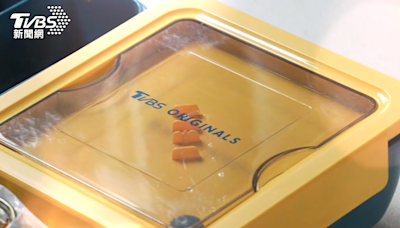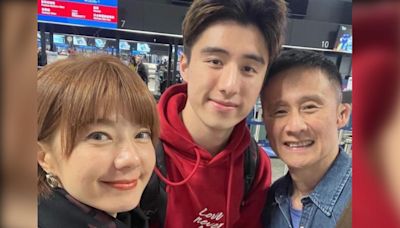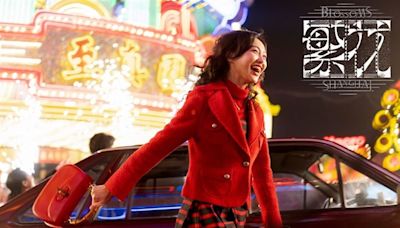搜尋結果
Liu Xi (died 193 BC), better known by his courtesy name Liu Zhong, [1] [2] was an elder brother of Emperor Gaozu, founder of China 's Han dynasty. He served as marquess of Hexin, king or prince of Dai, and marquess of Heyang . Life. Liu Xi was the son of the man known to history as Liu Taigong.
Welcome to Wikipedia. , the free encyclopedia that anyone can edit. 6,832,708 articles in English. From today's featured article. Bill Newton (8 June 1919 – 29 March 1943) was an Australian recipient of the Victoria Cross, honoured for his actions as a bomber pilot in Papua New Guinea during March 1943.
Clive Staples Lewis FBA (29 November 1898 – 22 November 1963) was a British writer, literary scholar, and Anglican lay theologian. He held academic positions in English literature at both Magdalen College, Oxford (1925–1954), and Magdalene College, Cambridge (1954–1963).
The YES stroke alphabetical order, also called YES stroke-order sorting, briefly YES order or YES sorting, is a Chinese character sorting method based on a stroke alphabet and stroke orders. It is a simplified stroke-based sorting method free of stroke counting and grouping. [1] [2] [3] YES order has been applied to the indexing of Xinhua ...
The "Third Chinese Empire" (中華第三帝國) consisted of the Liao dynasty, the Jin dynasty, the Yuan dynasty, the Ming dynasty, and the Qing dynasty. Accordingly, the terms "Chinese Empire" and "Empire of China" need not necessarily refer to imperial dynasties that had unified China proper.
Bernard John Taupin CBE (born 22 May 1950) [1] is an English-American lyricist and visual artist. He is best known for his songwriting partnership with Elton John, recognised as one of the most successful partnerships of its kind in history. Taupin is behind the majority of John's songs, dating back to the 1960s. [2]
CJK Unified Ideographs is a Unicode block containing the most common CJK ideographs used in modern Chinese, Japanese, Korean and Vietnamese characters. When contrasted with other blocks containing CJK Unified Ideographs, it is also referred to as the Unified Repertoire and Ordering (URO).[3] The block has hundreds of variation sequences ...








